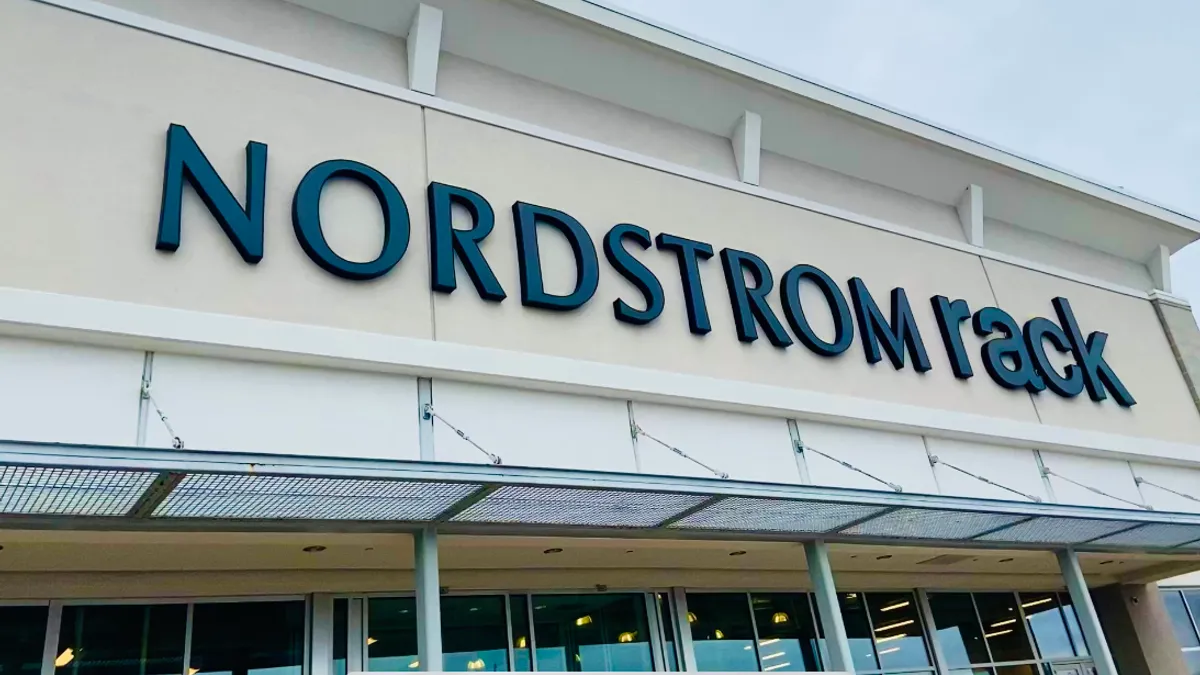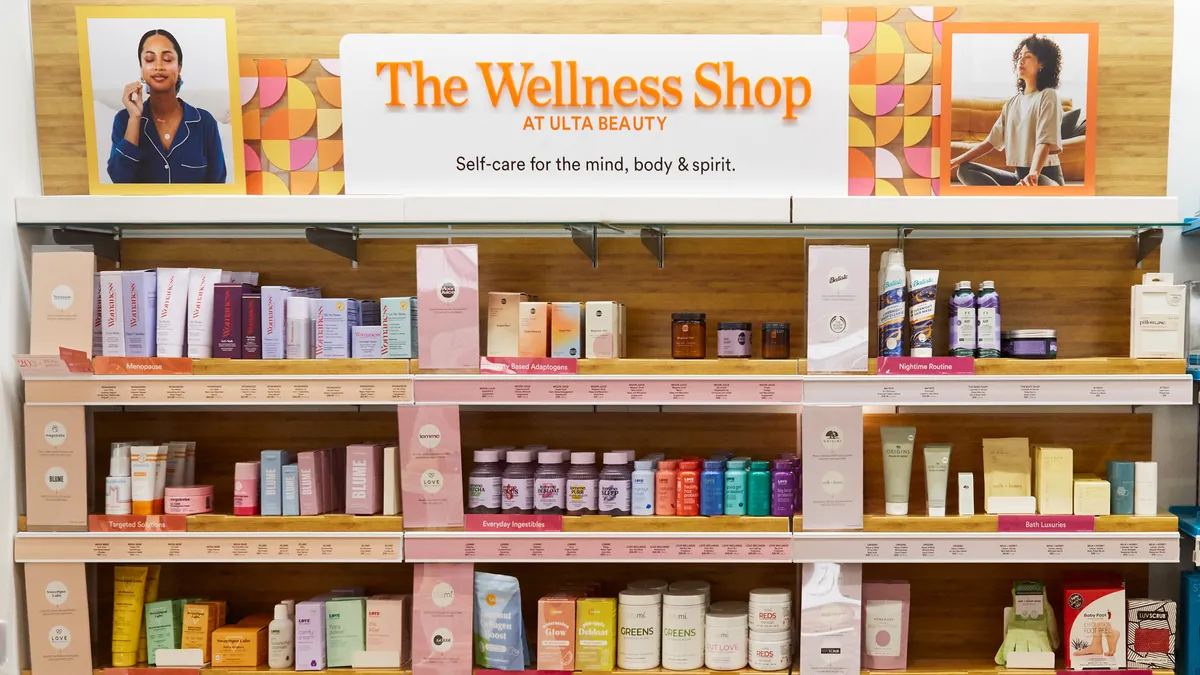Mobile video this year has become much more shoppable as brands and retailers seek to drive direct sales from audiences, a shift that reflects how the pandemic has accelerated a longer-term change in shopping habits from homebound consumers spending more time on their smartphones.
U.S. consumers this year will spend an average of 47 minutes a day watching video on a mobile device, up 11% from a year earlier, according to an eMarketer estimate. While social media is the biggest driver of mobile usage, video apps aren't far behind in second place.
Considering that social apps like TikTok and Triller show only continual video feeds, while Facebook, Instagram and Snapchat have added video features over time, consumption may be higher than current studies indicate. The growth in mobile video provides a way for brands to connect with consumers.
"Mobile video — and the platforms it's delivered on — is the connective tissue between brands and consumers," said Jeff Imberman, global head of sales and partnerships at Tastemade, the digital video network that specializes in food and travel programming. "The ability to reach consumers 24/7 should instigate brands to employ the tactics of a programmer versus a marketer."
Those tactics include creating a video narrative that tells a more complete brand story and drives a successful outcome, however that's determined, he added.
Early days
The rise in mobile video usage coincides with a surge in e-commerce activity this season as consumers avoid going to stores and order products for delivery at a higher clip. Online retail sales jumped 37% in the third quarter from a year earlier, several times more than the 12% gain in total retail sales, according to Census Bureau estimates. Digital sales are likely to remain strong amid the uncertainties posed by the health crisis.
Connecting with shoppers on their mobile devices is a key goal for marketers that are sponsoring video programming tied to transactional elements. Tastemade has participated in that development with several campaigns blending content and commerce while boosting brand awareness.
"The ability to reach consumers 24/7 should instigate brands to employ the tactics of a programmer versus a marketer."

Jeff Imberman
Global head of sales and partnerships, Tastemade
Tastemade isn't alone in doubling down on shoppable video content, as seen with TikTok's integration with e-commerce technology company Shopify to help retailers and brands drive direct sales through the social video app. Meanwhile, Google's YouTube began experimenting with shoppable videos from social influencers, while Facebook-owned Instagram added commerce support for videos in its Reels and IGTV sections.
Still, shoppable mobile video is still a nascent use case for which Tastemade and other platforms are in the process of determining best practices. In working with brands on transactional programming, Tastemade is focused on developing a formula that's not only entertaining for viewers and raises awareness for sponsors, but also gives audiences a reason to respond with a direct purchase.
"Brands that have well-defined value propositions for consumers along with clear paths to purchase are some of the filters we use when evaluating potential shoppable partners," Imberman said. "With that said, this journey is just beginning, and it will necessitate collaboration, and a test-and-learn mentality to succeed."
Next steps
Most recently, Tastemade began streaming a video series called "Origins" on its YouTube and Facebook channels that not only aims to raise awareness for Hyundai's luxury vehicle brand Genesis and Amazon's smart home products, but also gives viewers a way to buy products directly.
Each episode of the five-part series focuses on a rising chef who shares stories about their background and discusses the inspiration behind their culinary styles. The chefs demonstrate how to make one of their signature dishes in a format that resembles other cooking shows, but designed for viewing on social platforms and mobile devices. The key difference from traditional cooking shows is that viewers can directly order ingredients used in the show from Amazon Fresh, the e-commerce company's grocery delivery service.
Tastemade worked with Genesis and Amazon to build a sleek kitchen studio whose high-tech design reflects brand attributes the automotive company wants to visually convey to viewers. Amazon also outfitted the kitchen with its smart home technology to demonstrate how people can control appliances through Alexa, the company's voice-powered assistant.
The series was Tastemade's latest collaboration on shoppable video content with a retailer. Last month, it premiered the first of two special episodes of "Struggle Meals," a series that shows budget-minded cooks how to prepare meals with kitchen staples, in a partnership with Walmart. The episodes show an on-screen number for viewers to text to add ingredients to a mobile shopping cart, then place an order for pickup or delivery from Walmart. Tastemade is streaming the shows on Facebook, Instagram, Snapchat, TikTok and YouTube, giving it a broader reach and potentially turning passive viewers of mobile video into active shoppers.
"As a modern, lifestyle brand that has built global fandom via authentic and entertaining video storytelling, the natural, next step for us and our brand partners is to take that same consumer from engagement to action," Imberman said.




















